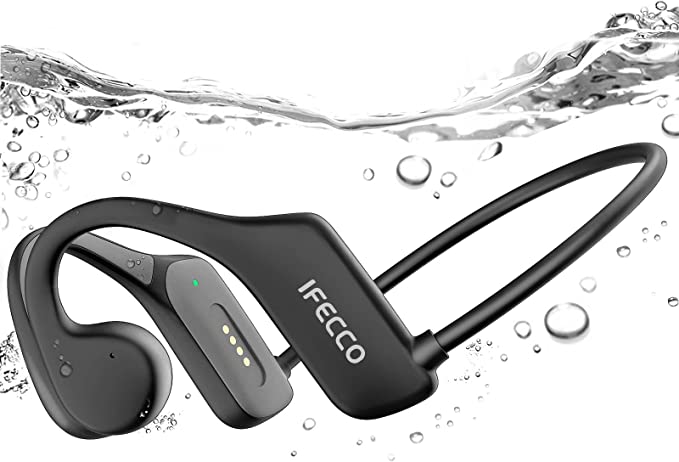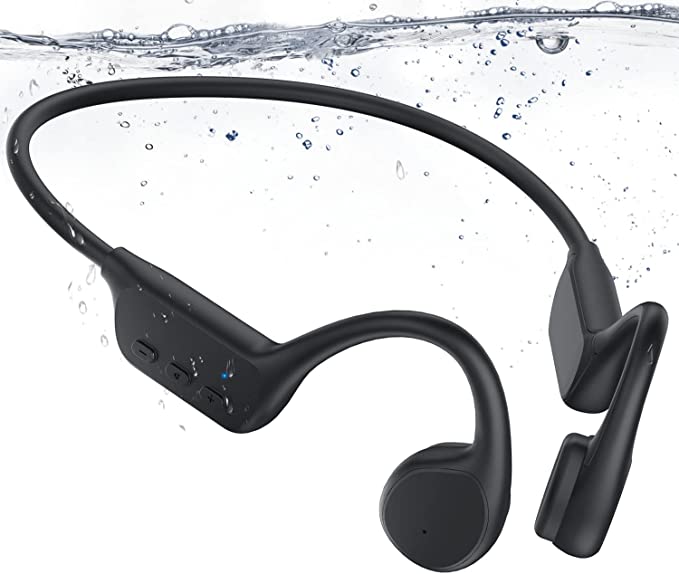From Cockpit to Summit: How Aviator Watch Technology Can Revolutionize High-Altitude Adventuring
Update on Oct. 20, 2025, 6:54 a.m.
Many of humanity’s most transformative civilian technologies, including GPS, began as aerospace or military projects. They were born from the need to operate with extreme precision in unforgiving environments. It’s a history of “trickle-down” innovation. So, it prompts a fascinating question for the modern adventurer: in our search for the ultimate mountain companion, have we been looking in the wrong place? Could the key features of a watch designed for pilots operating at 30,000 feet, like the Garmin D2 Air X10, actually offer a revolutionary advantage to those of us navigating slopes at 13,000 feet? Let’s explore this technological migration from the cockpit to the summit.

Chapter 1: The Mountain GPS - Beyond the Trail
In aviation, GPS provides a precise position on a global grid, allowing pilots to navigate between predefined waypoints. For a hiker or mountaineer, this core function is equally vital, but the context changes. Instead of flying from airport to airport, you’re moving from trailhead to summit, or navigating off-trail between custom-set coordinates.
An aviation watch’s GPS, when applied to the backcountry, offers powerful capabilities. The “Direct-To” feature, designed to point a pilot to an airport, can be repurposed to navigate straight to a base camp, a water source, or an emergency shelter. This is invaluable in whiteout conditions or when disoriented. The key difference, however, lies in the environment. An aircraft enjoys a clear, unobstructed view of the sky, ensuring optimal satellite reception. A mountaineer, in contrast, often finds themselves in deep canyons or dense forests where the GPS signal can be weakened or distorted by a phenomenon known as multipath error, where signals bounce off canyon walls before reaching the receiver. While modern receivers are adept at filtering these errors, it’s crucial for an adventurer to understand that a wrist-based GPS in a challenging terrain may have a slightly larger margin of error than it would at 10,000 feet in the air.
Chapter 2: The Wrist-Top Barometer - Your Personal Weather Station
A pilot uses a barometric altimeter to maintain a precise cruising altitude. A mountaineer can use this same technology for two critical tasks: tracking progress and forecasting weather. The sensor inside the watch measures air pressure. As you climb, pressure decreases, and the watch translates this into an altitude reading. This provides a far more accurate measure of vertical feet gained than GPS-based altitude, which can fluctuate.
Its second, more powerful function is as a primitive but effective weather station. A stable or rising barometer typically indicates stable weather. A rapidly falling barometer, however, is a classic sign of an approaching low-pressure system, which almost always means worsening weather—wind, rain, or snow. A widely respected rule of thumb in mountaineering is that a drop of 4 hectopascals (hPa) over a 3-hour period is a strong indicator of an impending storm. By monitoring the pressure trend on your watch, you can gain precious lead time to set up camp, alter your route, or retreat to a safer location before the weather turns. The watch becomes a tool not just for measuring where you are in space, but for anticipating what is coming.
Chapter 3: The Altitude Acclimatization Monitor - Listening to Your Blood
For a pilot in an unpressurized aircraft, monitoring blood oxygen is crucial to prevent hypoxia. For a high-altitude mountaineer, this same measurement is the key to managing Acute Mountain Sickness (AMS). The D2 Air X10 includes a Pulse Oximeter (SpO2), a feature that until recently was confined to medical devices.
The technology, based on the Beer-Lambert law, is ingenious. It shines red and infrared light through the skin of your wrist and measures the differential absorption of light by oxygenated and deoxygenated hemoglobin in your blood. This allows it to estimate your blood oxygen saturation percentage. For a mountaineer, this data is an invaluable acclimatization tool. According to the Wilderness Medical Society, while sea-level SpO2 is typically 97-100%, it’s normal for it to drop into the high 80s or low 90s at altitudes around 3,000 meters (approx. 10,000 feet).
However, the key is not the absolute number, but the trend. A reading of 88% upon arriving at a high camp might be normal. But if that number drops to 82% after a few hours of rest, it’s a powerful, objective indicator that your body is not coping well with the altitude, even if you only feel mild symptoms. This data acts as an early warning system. It’s critical to remember this is not a medical diagnostic tool. A headache and nausea are still the gold standard for identifying AMS. But the SpO2 sensor provides quantitative data to back up your subjective feelings, helping you make the critical decision to rest, descend, or push on with greater confidence.
Chapter 4: Reality Check - The Hard Truths of the Trail
The theoretical applications are compelling, but the trail is an unforgiving proving ground. A watch born in the relatively clean, controlled environment of a cockpit faces harsh realities in the mountains.
Durability: The first is ruggedness. Aviation design prioritizes light weight. The D2 Air X10’s polymer case and chemically-strengthened glass are not as robust as the titanium casings and sapphire crystals found on dedicated high-end outdoor watches. A clumsy slip on a scree field is a greater threat to this watch than a bit of cockpit turbulence.
Battery Life: The second, and perhaps most significant, is battery life. An average flight is a few hours. A multi-day trek is… multi-day. With its bright screen and active sensors, the watch’s 1.5-day “always-on” battery life is insufficient for serious backcountry use without external power. This necessitates carrying a power bank and adopting aggressive power-saving strategies, like keeping the watch in a battery-saver mode and only activating GPS and SpO2 for periodic checks. This is a major workflow difference from dedicated outdoor watches that can last for weeks in GPS mode.

Conclusion: A New Dimension of Data
So, should you trade your Suunto for an aviator watch? Probably not. Dedicated outdoor watches still lead in ruggedness and, crucially, battery endurance. However, the exercise of looking at an aviator watch through the lens of a mountaineer reveals a powerful truth: the underlying technologies of navigation, environmental sensing, and physiological monitoring are universal.
For the tech-savvy adventurer who understands its limitations, a device like the D2 Air X10 can offer a unique and potent combination of features. It brings a highly capable SpO2 sensor and a clean user interface to the mountains. It encourages us to think creatively about our gear, to look beyond marketing categories, and to understand the fundamental science of our tools. By borrowing from the sky, we can learn to walk the earth with a new dimension of data on our wrist, making us not just faster or stronger, but fundamentally smarter adventurers.








